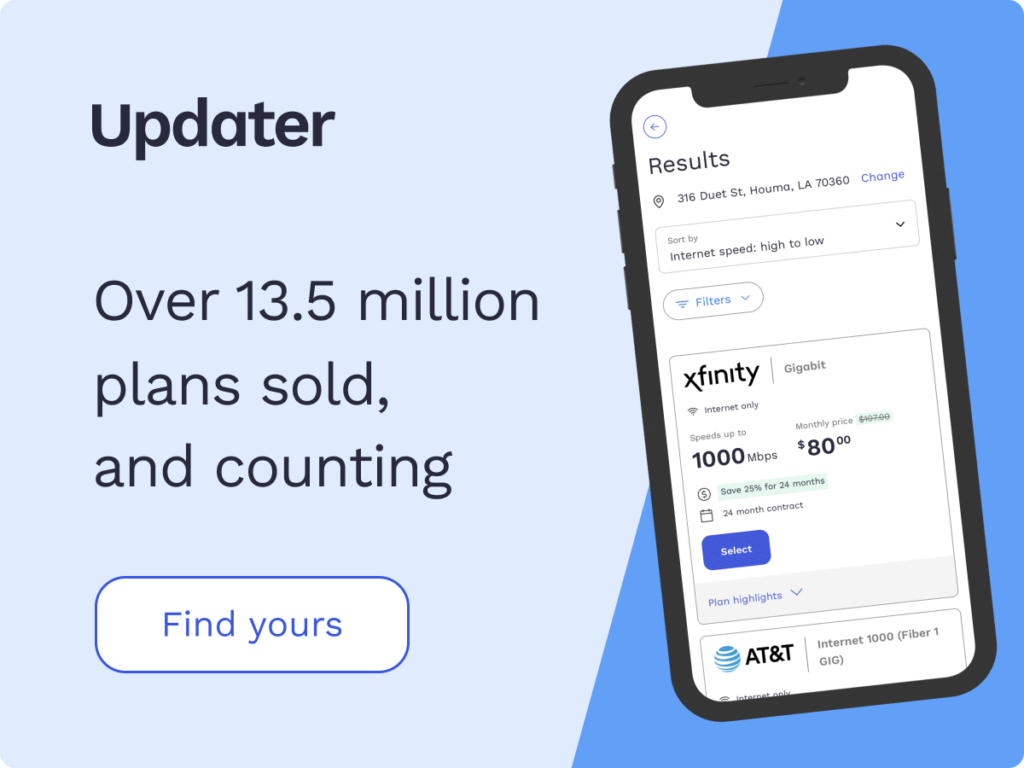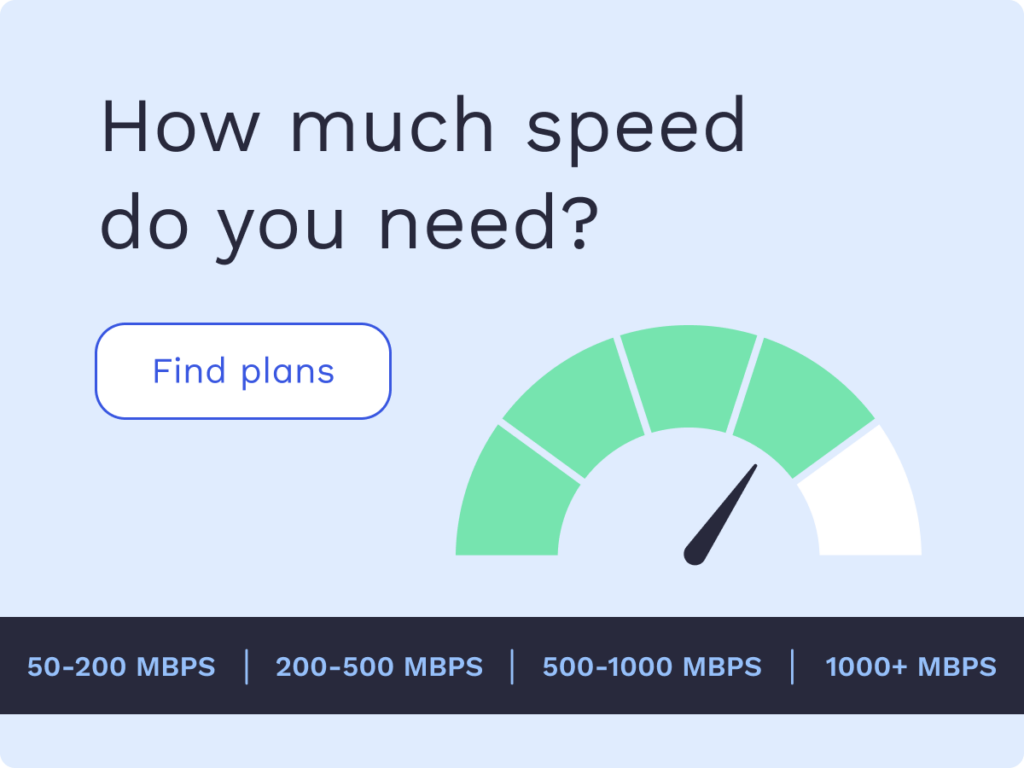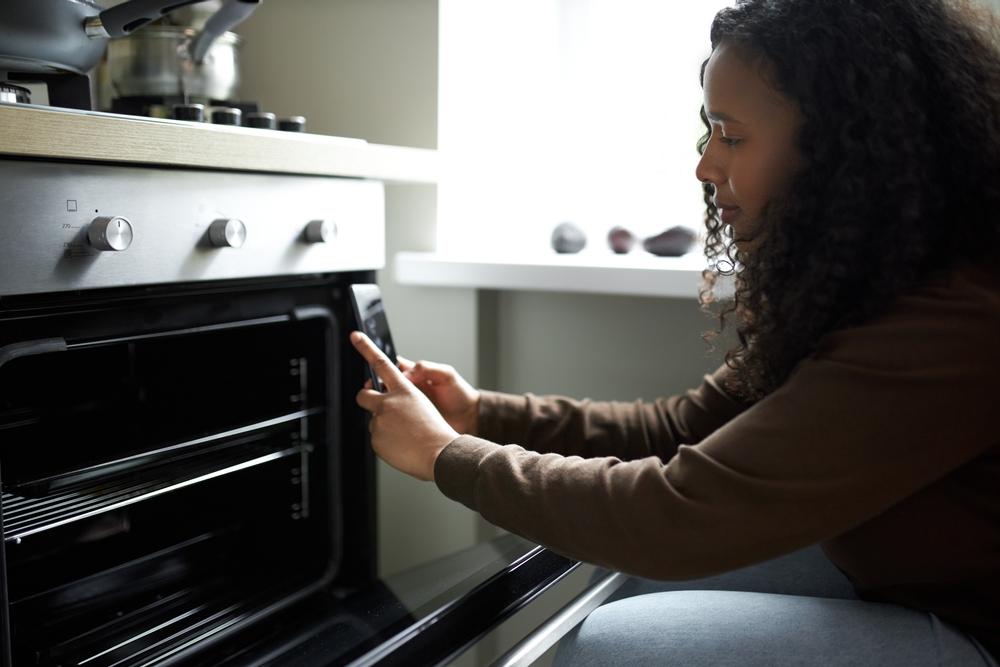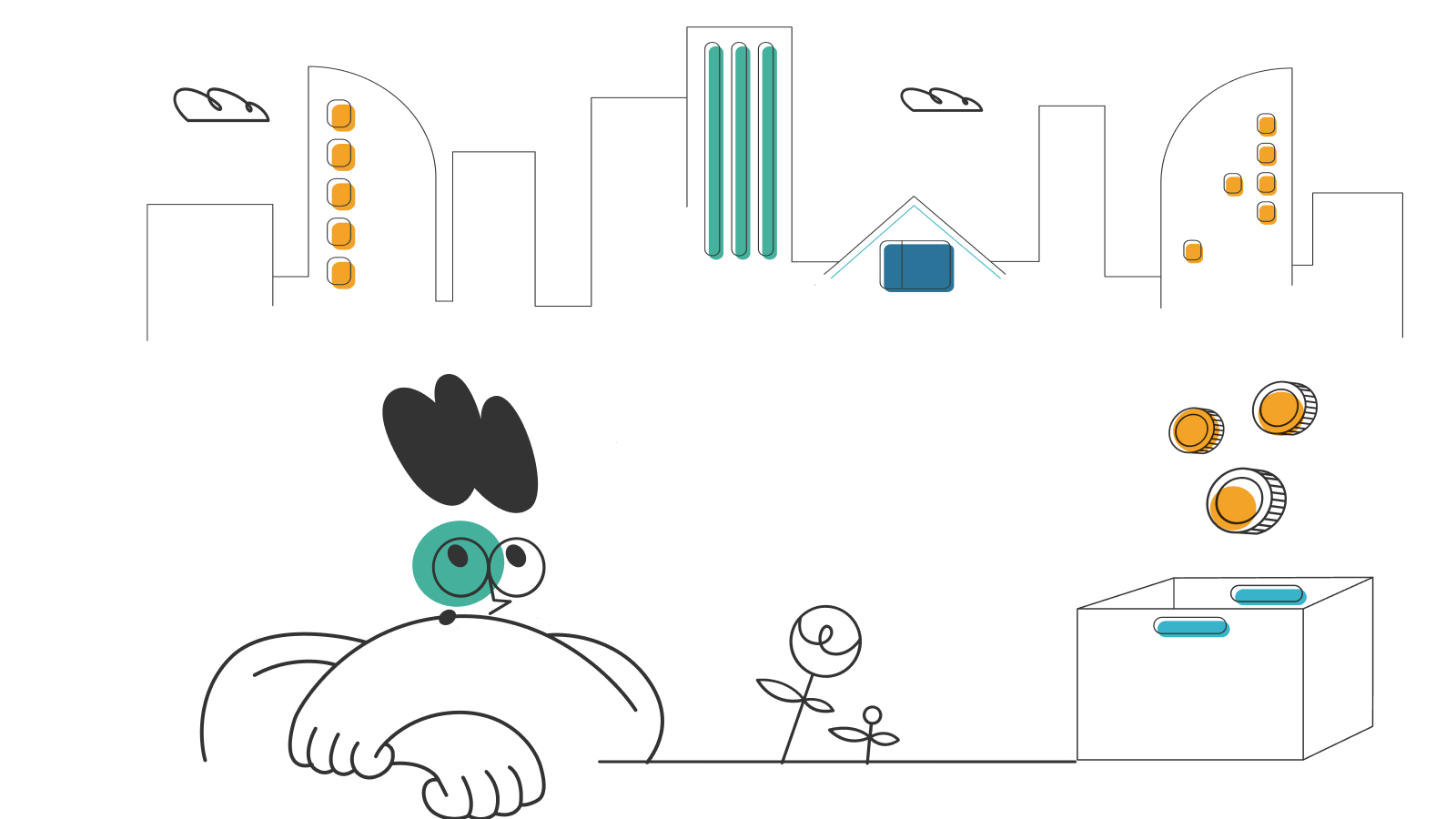How to Troubleshoot and Fix Slow Xfinity Internet

Having slow internet is like watching your favorite baseball team drop every catch, despite having some of the best players in the game. Apart from the frustration of not getting the most out of your connection, there’s also not knowing whether the cause is as simple as a router issue, or something more advanced like a cable issue.
Our comprehensive guide may help you pinpoint the reason you’re experiencing a slow connection with Xfinity as well as some possible remedies.
- Start with the basics
- Beyond the basics
- A few fixes to improve your Xfinity internet speed
- Frequently asked questions (FAQs)
Start with the basics
Troubleshooting a slow Xfinity internet connection doesn’t always require technical support. In fact, the issue is often easily resolved at home.
Your router
It’s possible for your router to become bogged down with information which can make the connection a little sluggish. This affects your internet connection and can cause that dreaded buffering. A simple fix would be to restart the router. This clears all the old information stored in the cache, and when it’s time to select channels, the router will opt for the least clogged one.
Think of the router as a mini-computer that needs to perform certain functions and store information. When the information gets to be too much, the device slows down and the memory needs to be cleared out in order to work at an optimal level.
Your router also needs to be compatible with the line speed. For instance, if your line can support up to 1000Mbps and your router only supports speeds of 600Mbps, you’ll max out at 600Mbps.
Your devices
It’s possible that you have a device that simply doesn’t work with the Xfinity connection or isn’t compatible with your specific line speed. For instance, an old device that doesn’t support the latest software and updates, won’t benefit from a fast internet speed. This could include smart TVs, mobile phones, computers, and even your network gear such as routers, modems, and cabling.
You may also have too many devices taking up bandwidth and when this happens, your router has a hard time communicating with each individual device. This will result in a slowdown and can cause the router to drop the connection entirely. It’s important to know which line speed supports the number of devices you intend on using online simultaneously.
For instance, a 100Mbps line can comfortably support up to three devices streaming 4K ultra-high definition (UHD) videos simultaneously, while supporting one or two smart devices. More than this, and you’ll experience a drop in your internet speed.
A simple fix would be to reduce the number of devices or increase the line speed if there are too many devices using the connection. If you’re not sure how many devices are using your connection, simply check on the router’s control page and all the devices should be listed. You can then de-select the devices that have unauthorized access to the router to free up bandwidth.
Your internet plan
Internet speeds have come a long way since the dial-up connections of the nineties. But when your internet demands are more than the actual line can provide, you can expect sluggishness.
This is what you can expect from various line speeds:
- 25Mbps – Supports a single user that does moderate streaming and basic internet usage such as emails, browsing, and low-demand gaming.
- 50Mbps – Supports one to two users that do moderate streaming and video calling. This line speed can also support gaming if the ping is low enough.
- 100Mbps – Supports two to three devices streaming 4K UHD videos, and high-level gaming on low-ping lines. Can support up to 100 users if the internet is only used for emails and browsing.
- 1000Mbps – Ideal for high-demand, high-usage families that stream or game from multiple devices and also have a number of smart devices on the network.
Keep in mind that while Xfinity might offer a line speed of up to a certain amount, say 100Mbps, it’s not to say that you’ll have access to that line speed at all times.
Network congestion
A simple way to know whether network congestion is affecting your line speed is to keep track of times when you experience a connectivity issue. For example, if you only experience downtime in the evenings around 6 or 7PM, it could be a congestion issue. A restart would help here too, as the devices will look for a channel that’s less congested.
A simple fix would be to leave large downloads such as patches for gaming devices, movies, or music albums to off-peak times when there is less overall internet usage.
If you find yourself with fewer than the recommended devices connected to the internet and you’re restarting your router several times a week, the slow connectivity could be caused by something else and you may have to log a service request with Xfinity after all.
Beyond the basics
There are certain things you can do at home to reduce the demands on your internet connection and improve line speed, however, it’s also important to get what you pay for. For instance, if your line speed is 500Mbps and you can only stream with one or two devices before you experience a dip in speed, it’s worth further investigation.
Do a line speed test
When you type “internet speed test” in your browser, there’s a good chance that the browser will direct you to a tool, such as Google. The Google speed test is okay if you just want to do a quick test, however, if you want a bit more information, opt for sites such as Ookla.com instead. Sites like these not only test upload and download speeds but also perform a ping test.
For gamers frustrated with internet speed, it’s important to know what that ping speed is, and the lower the better. A ping speed of two and higher may affect gameplay and if it’s consistently high, log a service request to see if your Xfinity plan can accommodate a better ping rate.
If the line test reveals low line speeds over a period of time (try three-speed tests per day, over three days), it may be that the connection can’t reach the promised speeds. Xfinity will need to investigate why the line speed is consistently low. If it can’t be resolved, they may need to reimburse you and drop you to a lower-speed internet plan.
To check whether your particular line is being throttled, which is when Xfinity slows your internet speed down due to usage, you need to run a speed test with and without a VPN. If there is a substantial increase when you run a line speed test when using the VPN, it’s safe to assume the line is throttled. In this case, contact Xfinity to move to an uncapped, unthrottled plan instead.
There’s a network outage
Slow connections and no connection at all can indicate that there’s a network outage. Xfinity customers can simply log in to their online profile and select the network outage section to determine whether there is an outage.
A few fixes to improve your Xfinity internet speed
While resetting your router and limiting the devices connected to your network can help, there are other ways to improve the speed of your Xfinity internet connection.
The router
We’re back to the router and it’s because it’s an important player when it comes to internet speed. Opt for a router that’s been approved by Xfinity, as these devices are designed to accommodate the data according to Xfinity’s unique signature. Internet service providers (ISPs) often work alongside router manufacturers to provide the firmware and software needed to get the most out of an internet connection.
Important considerations include the brand, whether it supports Wi-Fi, which channel(s) it can accommodate, and whether it’s the correct DOCSIS version for the chosen line speed. Xfinity customers can do a search for a particular device on the Xfinity site.
The router also has certain specifications that can accommodate the various line speeds. A 600Mbps router can only deliver a maximum speed of 600Mbps, regardless of the internet plan speed. That said, a router that can process 600Mbps is limited to the line speed, so if that’s 100Mbps, the router can only process a maximum of 100Mbps.
Increase your line speed
If you’ve gradually been adding more devices to your network, such as connecting more smart home devices, it may be time to increase your line speed. This also applies to changes in the type of content you’re using the internet for. Adding gaming devices and increasing the level of streaming may call for higher line speeds as well.
High demand devices need a dedicated line
High-level routers have additional ports that can accommodate a local area network (LAN) through an Ethernet cable. This means you can connect high-demand devices such as desktop computers and gaming devices directly to the router. This frees up the Wi-Fi for other devices, and in many cases, even allows separate channel allocations to those high-demand devices. This comes in handy when there are multiple devices connected, as these devices require a lot of bandwidth.
Move your devices closer to the router
Connectivity speed can also be affected by the distance it has to travel to the device. For instance, if you live in a split-level building and the router is downstairs, you may experience a dip upstairs if you have any connection at all. A good way to prevent the dip is with Wi-Fi extenders or a mesh Wi-Fi system that has multiple nodes that interconnect, increasing your network coverage area.
Frequently asked questions (FAQs)
Should I upgrade my router to improve my line speed?
A router plays a big role in the line speed you’re able to get and when you have a high-speed line, such as those over 1000Mbps, it’s important to have the right router and network configuration for optimal use. That said, a router can’t increase the internet speed provided by Xfinity. If your package includes a 300Mbps speed limit, then that will be your router’s cap too.
Is my slow Xfinity internet speed caused by non-payment?
Xfinity doesn’t slow down line speed due to non-payment, as there is a penalty imposed on the next statement instead. You usually have up to 45 days to rectify the account, and if not, Xfinity may suspend the connection entirely. In the event of non-payment, it’s best to contact Xfinity to discuss options such as immediate payment or a double debit.
*Pricing varies by location and availability. Speeds may vary. All prices subject to change; for current pricing and availability visit our internet service page. Prices as of 6/19/22.
Disclosure | Updater articles are based on our own data and research, independent from partner relationships. We are not compensated by partners for information and opinions presented here. Our Editorial Terms of Service can be found here.














